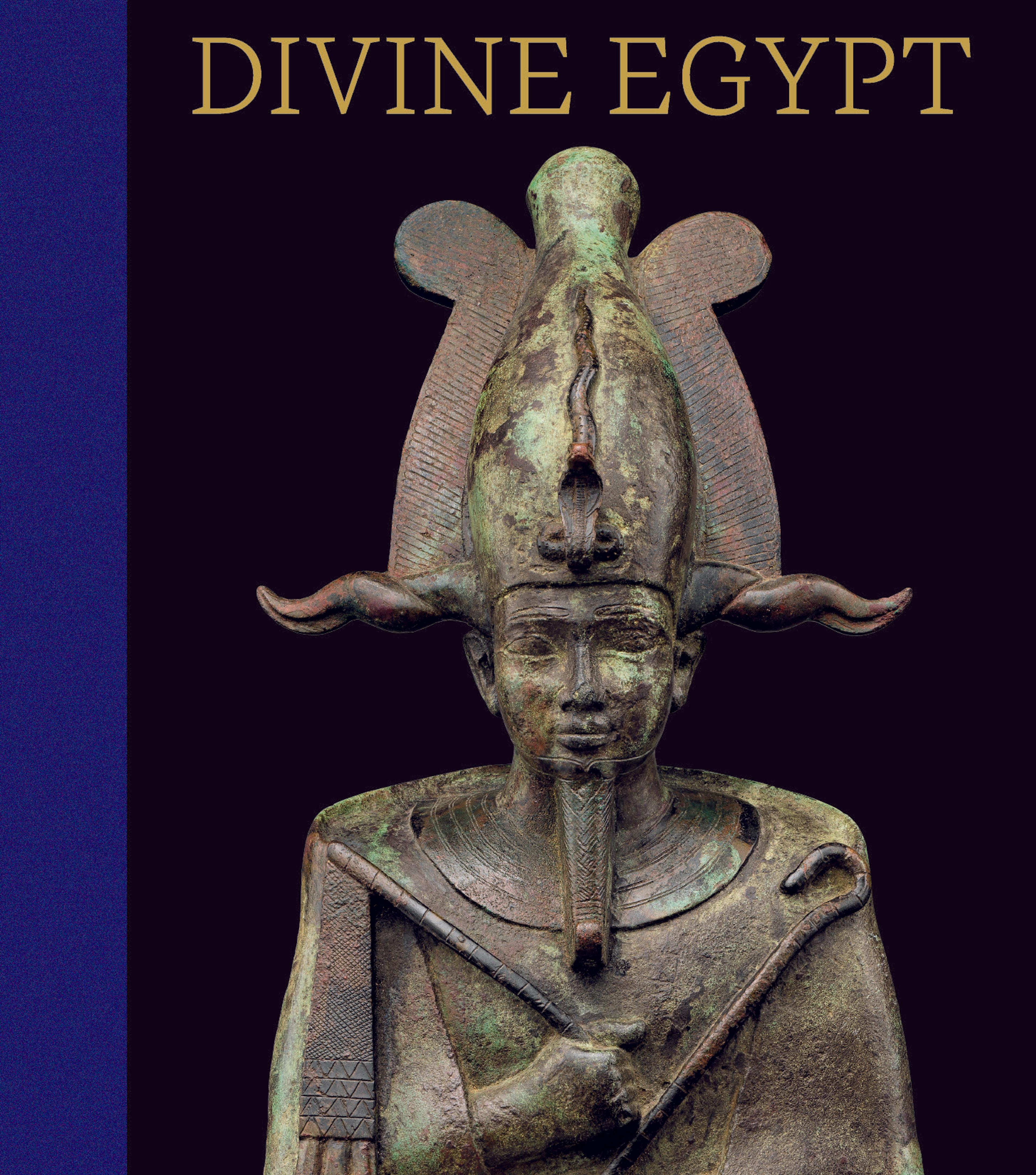Anubis Fetish (Imiut)
Two male figures, shrine, and fetishlike object were discovered by Metropolitan Museum excavators in a chamber in the enclosure wall of an elite tomb at Lisht South. The object of veneration found inside the shrine was called an imiut, "the one in the wrappings." It consists of a dummy animal (a linen form inside an animal skin), without head or hind legs, fastened by linen strips to a staff whose end rests in a jar containing now-decayed ointment. Early in Egyptian history, imiut fetishes were placed protectively around sacred spaces; later, the imiut was often depicted in relation to funerary gods, especially Osiris. Both the guardians and the imiut played an important role during rites performed over the mummy the night before the funeral.
Artwork Details
- Title:Anubis Fetish (Imiut)
- Period:Middle Kingdom
- Dynasty:Dynasty 12
- Reign:reign of Amenemhat II
- Date:ca. 1919–1885 B.C.
- Geography:From Egypt, Memphite Region, Lisht South, tomb of Imhotep, chamber inside the south enclosure wall, MMA excavations, 1913–14
- Medium:Travertine (Egyptian alabaster), cedar, ointment
- Dimensions:Vase: H. 9.2 cm (3 5/8 in.); Diam 10 cm (3 15/16 in.); Rod with vase: H. 59.3 cm (22 3/8 in)
- Credit Line:Rogers Fund and Edward S. Harkness Gift, 1914
- Object Number:14.3.19–.20
- Curatorial Department: Egyptian Art
More Artwork
Research Resources
The Met provides unparalleled resources for research and welcomes an international community of students and scholars. The Met's Open Access API is where creators and researchers can connect to the The Met collection. Open Access data and public domain images are available for unrestricted commercial and noncommercial use without permission or fee.
To request images under copyright and other restrictions, please use this Image Request form.
Feedback
We continue to research and examine historical and cultural context for objects in The Met collection. If you have comments or questions about this object record, please contact us using the form below. The Museum looks forward to receiving your comments.
